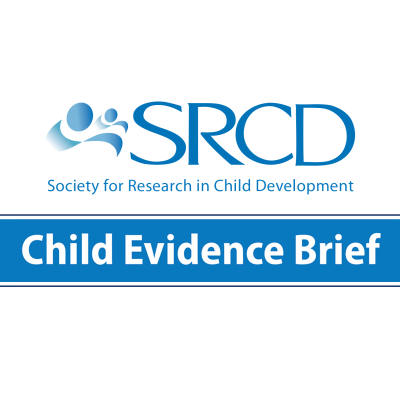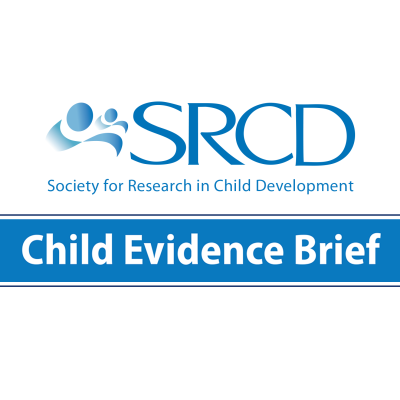Protecting Children from Lead Exposure
Social Policy Report Brief, Volume 24, Issue 1
Why Does This Matter?
In the United States, at least 7 million children under age 6 (a quarter of all preschoolers) could have lead levels high enough to damage their development. Since recent research shows that lead levels once considered safe can cause damage, it’s time to re-examine this preventable problem.
Lead exposure in children incurs steep financial costs to society. Policymakers should take further steps to lower children’s exposure to lead, improve screening and treatment, and strengthen coordination among government agencies.
Policy Implications
To decrease children’s lead exposure, policymakers should:
- Lower the allowable lead level—the threshold over which certain treatment requirements must be enacted—from 10 μg/dL to 5. When past research identified unsafe levels, the Centers for Disease Control and Prevention lowered its acceptable level. Although current studies suggest there’s no safe lead level, new evidence suggests it’s time to further reduce the threshold.
- Increase regulation on lead in pipes and ensure that imported toys and other children’s products are lead-free.
- Enact stricter regulations to curb industry pollution, require factories to publicly disclose lead emission levels, and encourage development and use of lead-free jet fuels.
- Require homeowners to test houses for lead paint, mandate removal, and fund testing and removal in low-income communities.
- Create federally mandated screening guidelines for annual screening of all children under 6 (with Medicaid paying for low-income children) and pregnant women, and a national verification system so states comply with testing requirements (while most states have screening plans for children under 6, plans vary greatly and aren’t always followed).
- Encourage better collaboration among government agencies and better use of the National Lead Information Center as the central information-gathering point.
- Provide psycho-educational evaluation of lead-exposed children.
What the Research Says
- Lead poisoning causes long-term developmental deficits in children, affecting cognitive functioning and behavior, lowering school performance, and boosting criminal behavior in adulthood.
- Lead exposure affects children biologically. The halflife of lead is 35 days in the bloodstream, 2 years in the brain, and decades in bone. In children, lead is more likely to be stored in bone and brain tissue, so it lasts longer and can harm development over a longer period.
- Children are being exposed to unacceptable levels of lead daily; even low levels that were once considered safe can cause damage.
- Stricter regulations have succeeded in reducing children’s lead exposure.
- Children’s exposure to lead is expensive, incurring costs associated with health care and losses associated with lowered intellectual development, earnings, and tax contributions. One study put the overall cost of exposure in children 6 and under at $192 to $270 billion over six years. Another cost analysis concluded that reducing children’s blood lead levels just 1 μg/dL would save $7.56 billion annually.
Facts at a Glance
- Concerns about the effects of lead on children first emerged in the 1890s, with Australian reports documenting unusual illnesses.
- Although lead exposure isn’t good at any age, children are particularly sensitive to its negative effects because of their early stage of development and their biologically driven sensitivity to lead. Exposure can begin prenatally since lead easily crosses the placenta.
- Children in low-income families are more likely to be exposed to lead than others, and they appear more sensitive to lead’s effects and show more deficits at lower levels.
- Blood lead levels usually peak around age 2, when children are crawling and putting things in their mouths.
- High lead levels in drinking water may be more common than thought. But water is just one of many sources of exposure—42.8 percent of lead in the air comes from industrial processes. Other sources are lead-based paints, house dust, soil, and consumer products.
This brief summarizes a longer Social Policy Report, "Protecting Children from Exposure to Lead: Old Problem, New Data, and New Policy Needs," by Claire Cole, a doctoral candidate at George Mason University, and Adam Winsler, Professor of Applied Developmental Psychology at George Mason University


